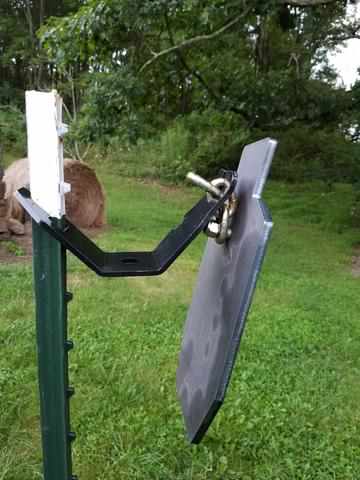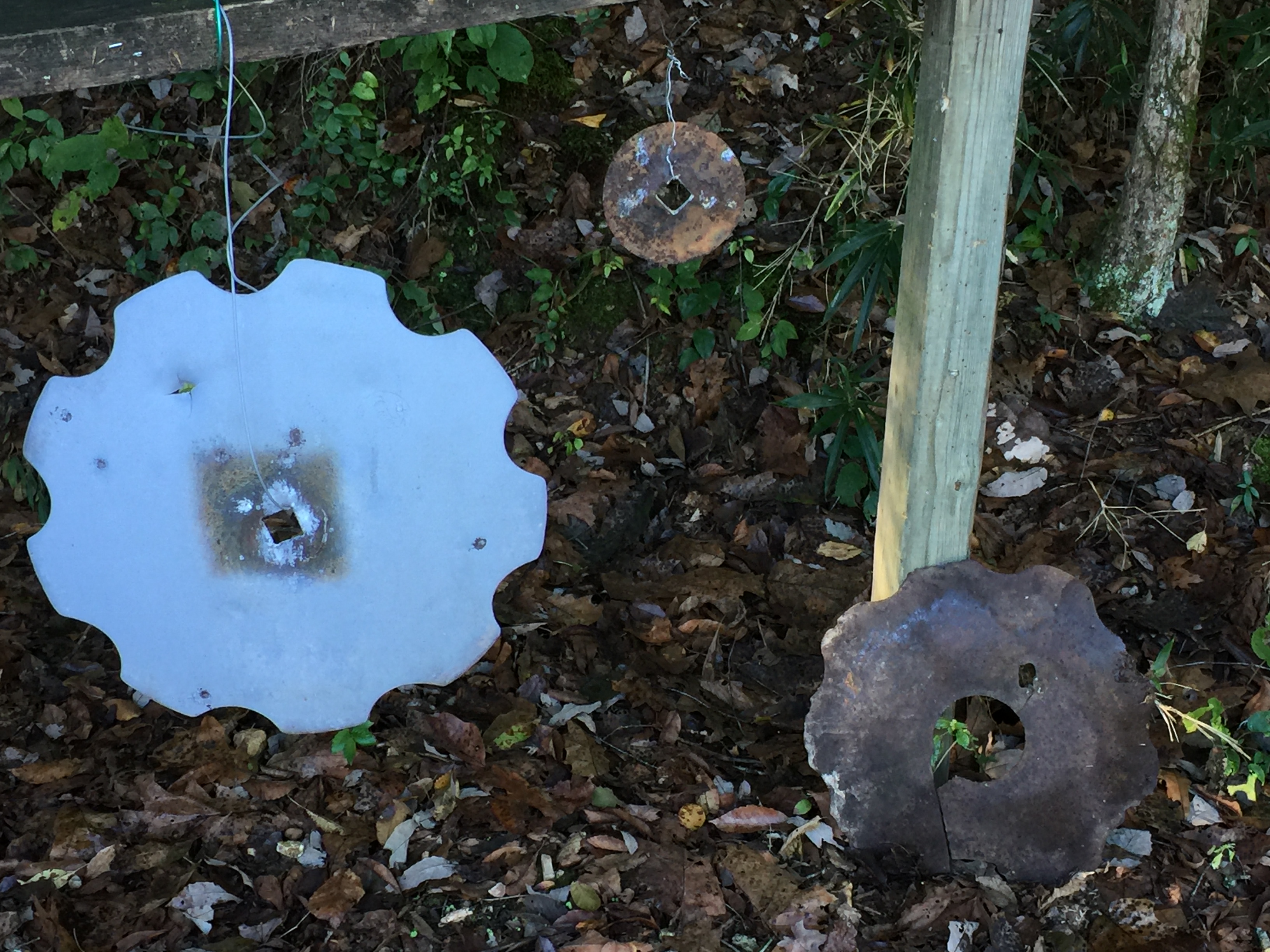Rifleman1776 said:Hanging, swinging or falling steel targets are the only ones that should even be considered for use with firearms, of any kind.
That's exactly why decided to just buy myself a properly designed steel target and stand. According to one manufacturer, the distance ratings (100 yard minimum for high-power rifles) are not posted for safety primarily, they are there to maintain the longevity of the target when hit with hard rounds. Too close and the target won't last very long.






